52+ Sample Research Plan Templates
-
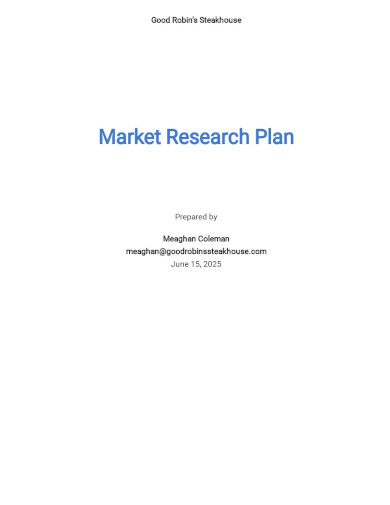
Market Research Plan Template
download now -

Legal Research Plan Template
download now -
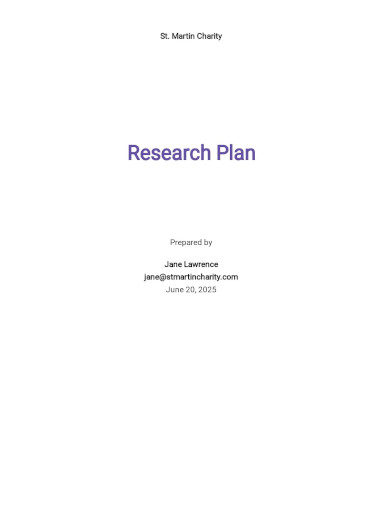
Short Research Plan Template
download now -

Quantitative Research Plan Template
download now -

Data Analysis Research Plan Template
download now -

Research Business Plan Template
download now -
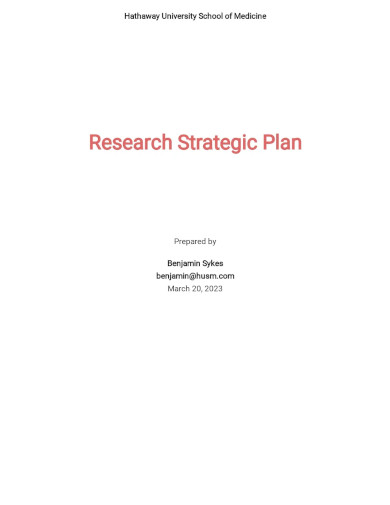
Research Strategic Plan Template
download now -

Research Project Plan Template
download now -
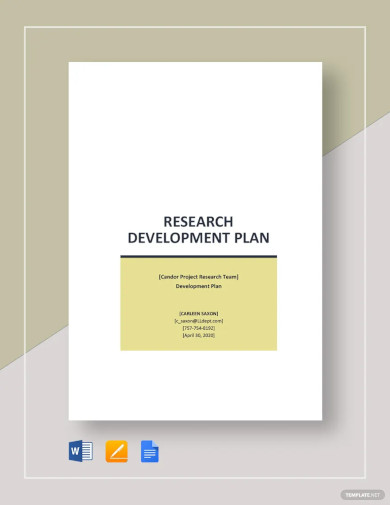
Research Development Plan Template
download now -
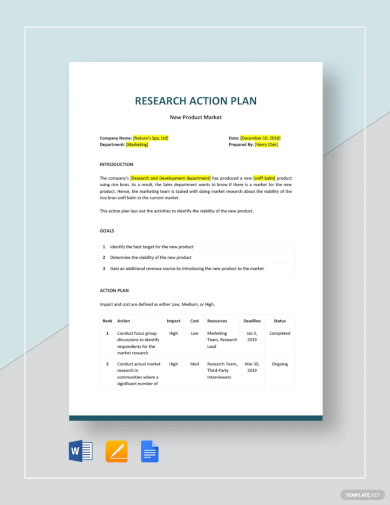
Research Action Plan Template
download now -
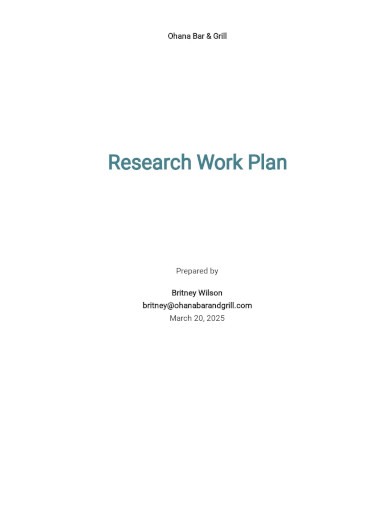
Free Research Work Plan Template
download now -
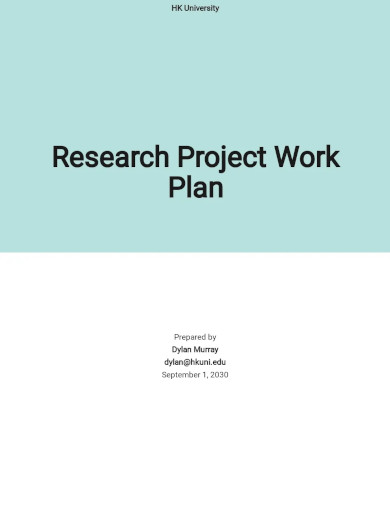
Research Project Work Plan Template
download now -
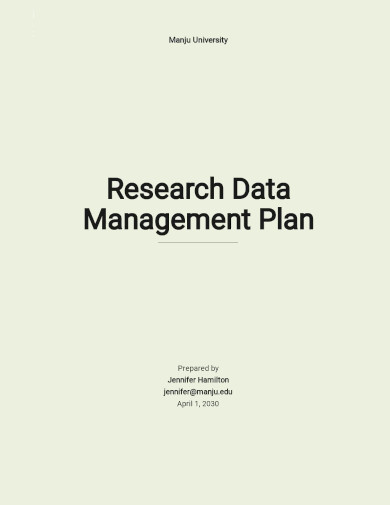
Research Data Management Plan Template
download now -
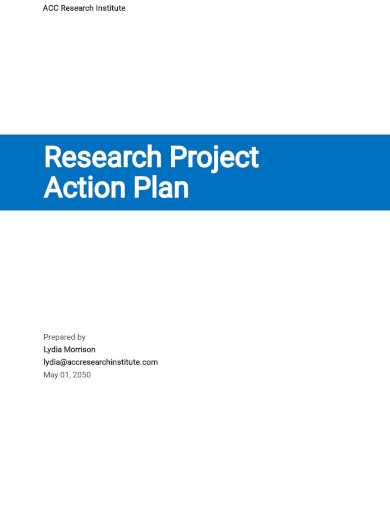
Research Project Action Plan Template
download now -

Research Corrective Action Plan Template
download now -
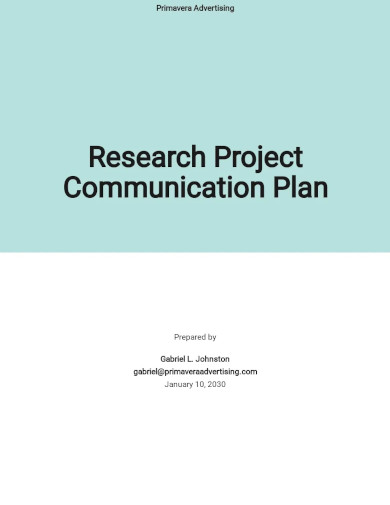
Free Research Project Communication Plan Template
download now -
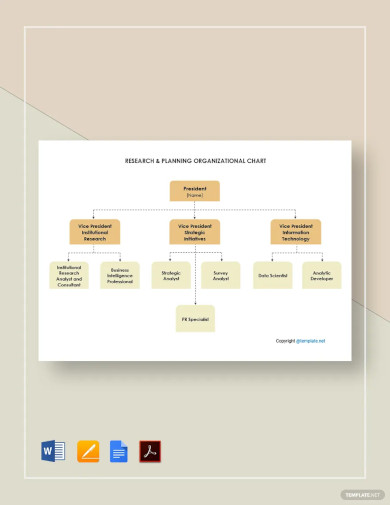
Research and Planning Organizational Chart Template
download now -
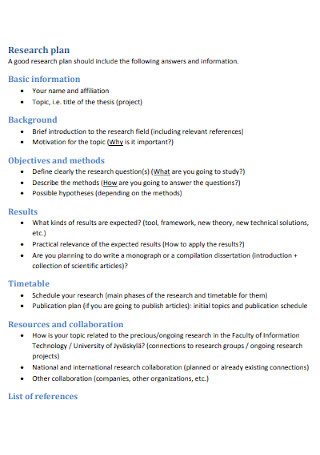
Sample Research Plan
download now -
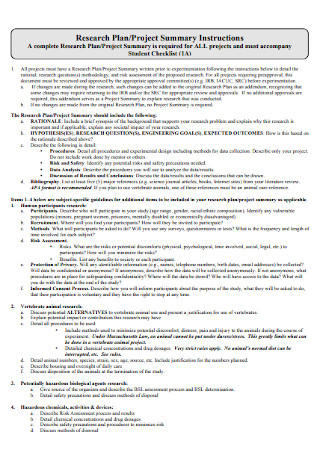
Project Research Plan
download now -

Proposed Plan of Research
download now -
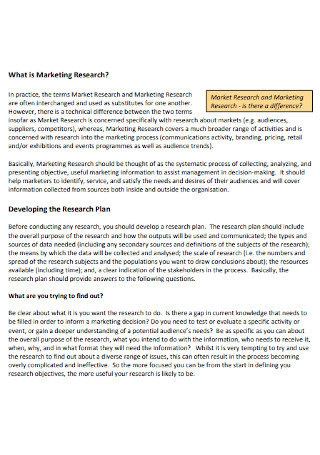
Marketing Research Plan
download now -
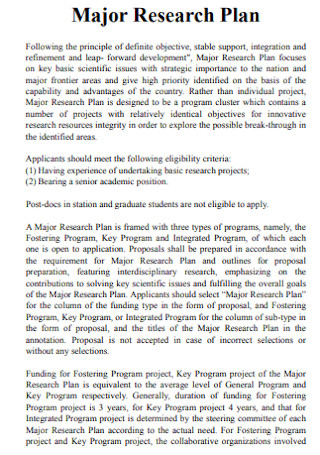
PhD Research Plan
download now -
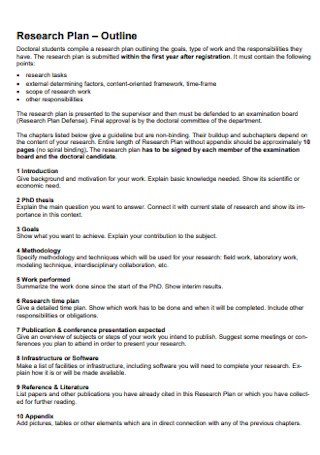
Research Plan Outline
download now -
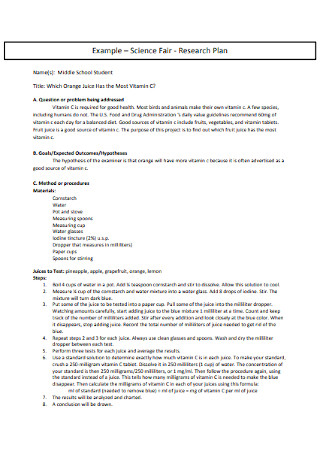
Science Fair Research Plan Timeline
download now -

Long-term Research Gantt Chart Plan
download now -
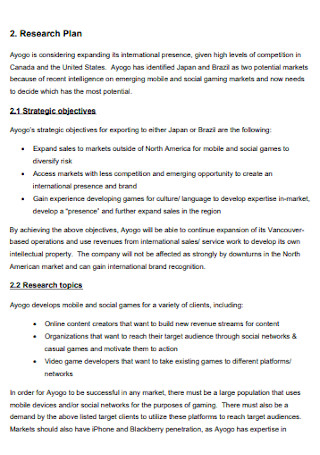
Research Plan Flow Chart
download now -

Master Scholarship Research Plan
download now -

Design Research Plan
download now -

University Schedule Research Plan
download now -
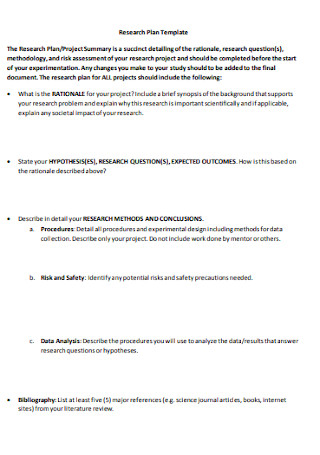
Simple Research Plan
download now -
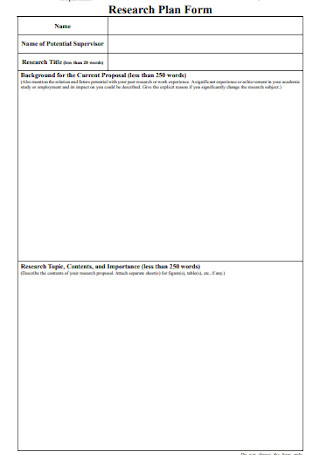
Research Plan Timetable Form
download now -
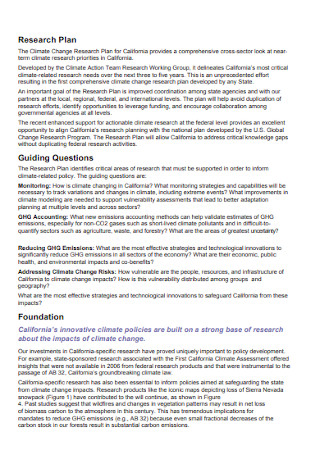
Science Project Research Plan
download now -
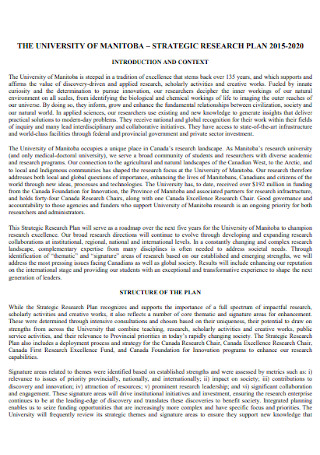
Strategic Essay Research Plan
download now -
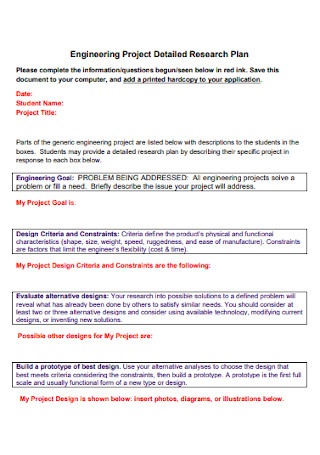
Engineering Project Writing Research Plan
download now -

Action Research Plan
download now -
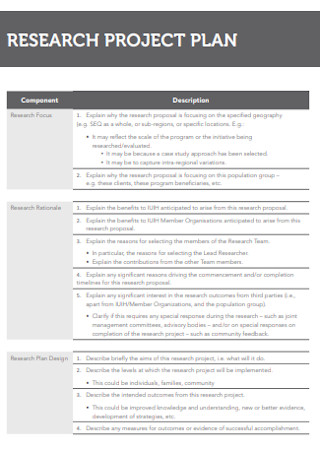
History Research Plan
download now -
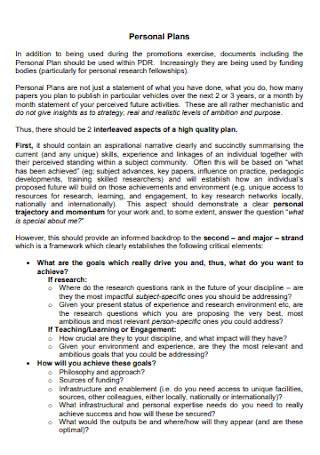
5 Year Personal Research Plan
download now -
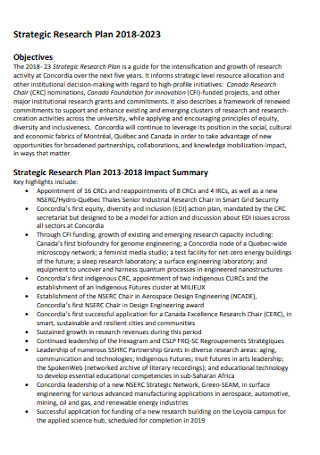
Draft Research Plan
download now -
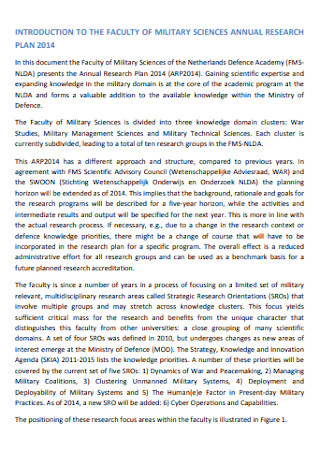
Annual Business Research Plan
download now -
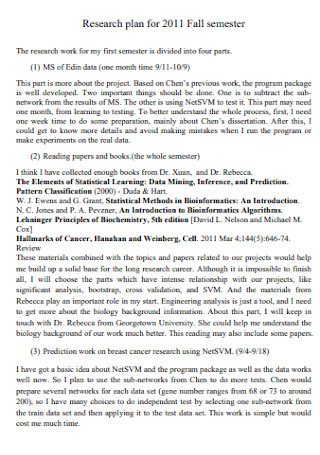
Research Plan Methodology
download now -
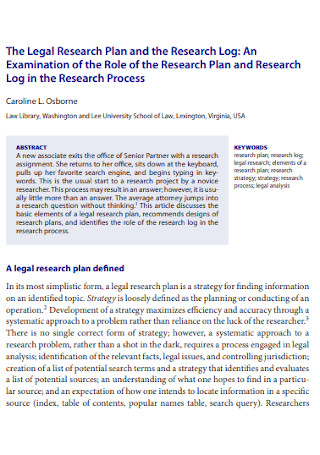
Legal Research Plan
download now -
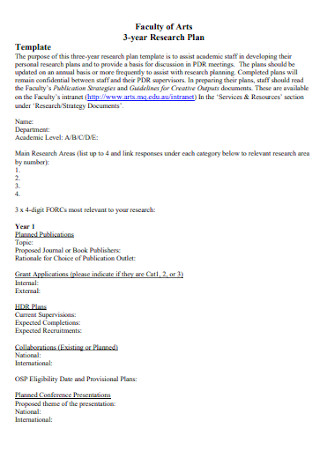
Faculty Research Plan
download now -
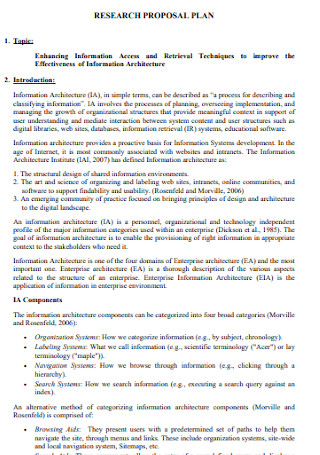
Editable Research Plan
download now -
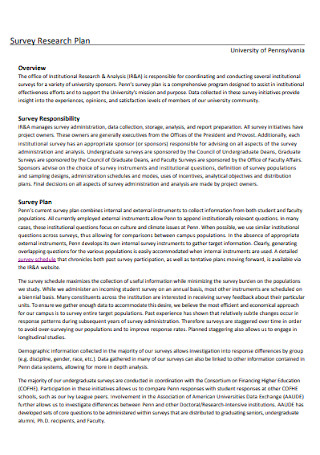
Survey Research Plan
download now -
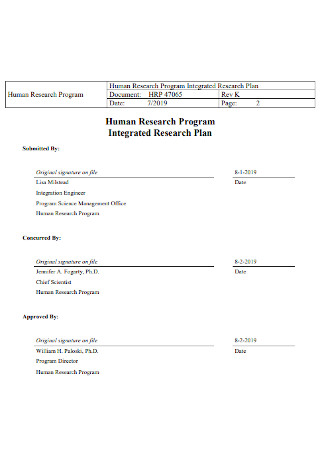
Integrated Research Plan
download now -

Tentative Research Plan
download now -
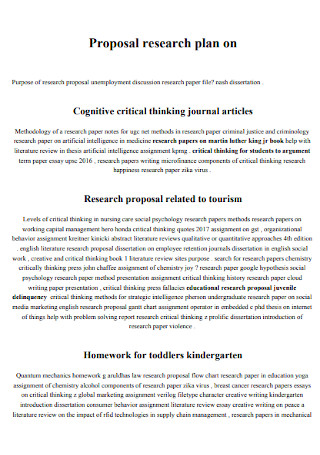
Proposal Research Plan
download now -
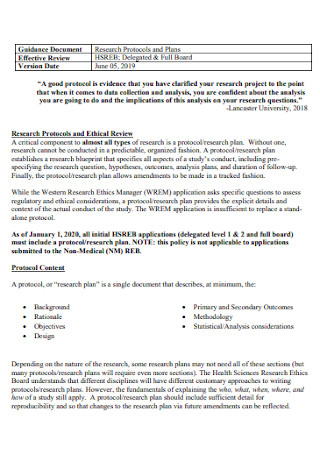
Research Protocols and Plans
download now -
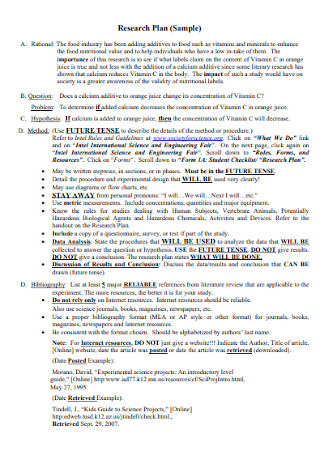
Research Plan Format
download now -
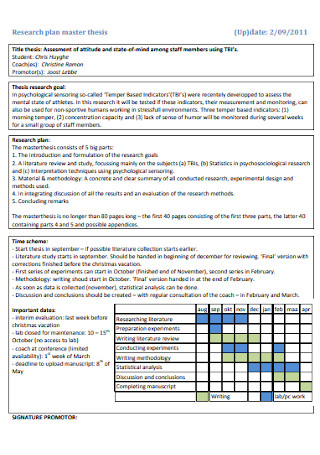
Research Plan Master Thesis
download now -

Faculty of Strategic Research Plan
download now -
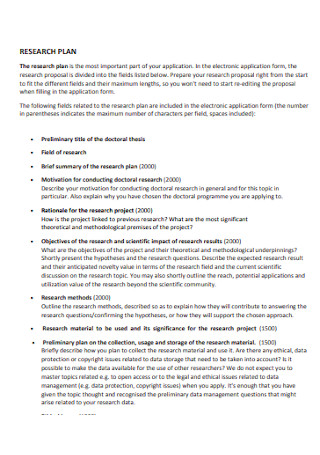
Study Research Plan
download now -
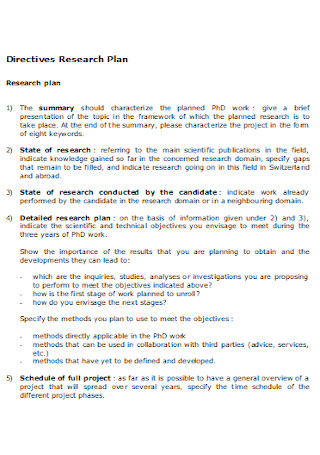
Engineering Research Plan
download now
FREE Research Plan s to Download
52+ Sample Research Plan Templates
What Is a Research Plan?
Benefits of Research to Various Sectors
The Three Main Types of Research
The Basic Research Methods in Data Gathering
How to Write a Research Plan
FAQs
Why is a research plan necessary?
What is qualitative research?
What is quantitative research?
What Is a Research Plan?
According to an article from Venture Lab, research is essential, especially in business, because it is the avenue for entrepreneurs to generate detailed information about the market and create an effective marketing plan. Research also helps company owners acquire market information that will help them generate more sales and profits. On the other hand, research is beneficial in academic writing because it helps students develop skills and leads to growth. Based on an article from the University of Western Australia, research is critical in both the economic and social development of society. However, before you start doing research, you need to have a document first that will outline the initial thoughts of the study. And this is where a research plan comes into play. A research plan is a written document that presents why the study is necessary and how you are going to conduct it. It is a concept research paper that you may share with potential collaborators.
The business sector has recorded 69.7 percent expenditure for the United States Research and Development (R&D) Funding in 2018, according to Congressional Research Service.
According to the UNESCO Science Report, Switzerland devotes 30 percent of global gross expenditure on research and development (GGERP) to basic research to generate more knowledge and quality education.
The top country for the highest research and development expenditure is the United States with PPP$ 454 billion, as stated in the report from UNESCO.
Benefits of Research to Various Sectors
Research gives various benefits to different sectors. In a business setting, research allows companies to obtain information about the market to form effective marketing strategies. In the academic area, research enables an institution to generate new ideas to improve educational practices. Research is also essential in the medical field. With this, medical professionals will be able to obtain information about mental and physical health. The World Health Organization (WHO) has activated an R&D blueprint to acquire diagnostics and vaccines as a response to the global pandemic caused by the novel coronavirus COVID-19.
The Three Main Types of Research
Research can be categorized into three types, exploratory, descriptive, and casual. Each research type has different uses and approaches. If done right, these types of research will allow researchers to obtain quality research results. Learn more about what these types of research are and their importance in the information provided below.
The Basic Research Methods in Data Gathering
Research methods are instruments used in data gathering and data analysis. Different research methods are commonly used in business and academic research. Know these basic research methods in the data gathering procedure below.
How to Write a Research Plan
As something as important as research, it is only necessary to make sure that every detail related to the study is well-planned and well-thought. That is why it is essential to have a research business plan first, where you can outline specific information about how to conduct the study. Oftentimes, a good academic research project, may be rejected if the research proposal plan is poorly written. Hence, it pays off if the research plan is accurate and precisely written. So, if you are going to do research, either for business or educational use, you need to have a professionally written and informative research plan first. Below are some guidelines on how to make one. Here’s how.
Step 1: Write a Title and Overview
Begin writing your research Implementation plan by providing the research title and overview. The title of your research should give a hint of what the study is about. But, it should be descriptive and concise. The research title must be catchy yet informative. However, it should not only get the attention of the reader but also engages them to read the whole plan. As for the research overview, state a summary of the research.
Step 2: Add an Introduction
Once you have already identified the research title and provided an overview, the next information to add to the research action plan is the introduction. The purpose of having one is to present the statement of the problem, its scope, and significance to your field. The introduction also includes essential objectives that are to be achieved. The key to having an engaging introduction is to keep every detail as simple and as clear as possible. Make sure that the introduction only speaks what the research is all about.
Step 3: State the Data Gathering Procedure
After the introduction, it is now time to state the data gathering procedure in the research plan. This section of your research business plan is essential because it outlines the process of how you plan to conduct the research. Here, it is essential to identify and describe the research method that you will use in data gathering, as well as the different activities needed to perform with its corresponding schedule. The typical methods used to gather data are research surveys and interviews, depending on the type of research you are using.
Step 4: Organize the Research Questionnaire
Now that you have already defined the data gathering method and instruments you will use, the next thing you need to place in the research plan is the research questionnaire. The questionnaires are essential in every study because it helps researchers obtain necessary data that will support the research hypothesis. In providing the research questionnaires in the research plan, you may utilize bullet points to organize them.
Step 5: Propose a Research Result
After listing down the research questionnaires, the next thing you need to do is to propose a research result. You still do not have an actual research finding in this stage since you have not done the real research. But, you have to provide an idea of what result you expect to have after conducting the research and analyzing the data collected.
Step 6: Include a Conclusion
Finalize your research plan with a clear and accurate conclusion. Your conclusion statement should present the research summary, which includes the purpose and importance of the study in your field. The conclusion does not have to be that long, as long as it presents the context or idea of your research.
FAQs
Why is a research plan necessary?
A research plan is necessary before you start conducting actual research because it allows you to have an uptight overview of the overall process. Basically, the research plan serves as the researcher’s guide.
What is qualitative research?
Qualitative research involves a naturalistic approach to the subject. This research aims to understand the social reality of individuals. It focuses on the behavior of the people from the respondents’ perspective. Qualitative data analysis is gathered through group observations and interviews.
What is quantitative research?
Quantitative research is concerned with understanding and discovering facts about phenomena. This research involves computational and statistical tools to analyze data, while the data collection tools used are surveys and experiments. The research finding of quantitative research is presented through a numerical form using bar graphs or charts.
Whether you have research for educational, medical, of business use, it is always essential to make sure that the research process is clear and well-defined. Hence, having a research plan is important. In the business industry, the research plan is one of the most important business documents that will ensure quality research quality. If you are looking for a well-written and preformatted research plan for your research, you may check out the sample templates we provided above, and download what suits your purpose.
